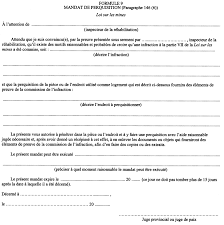Canadian Detained by ICE: Key Facts and Implications

Introduction
The recent detention of a Canadian citizen by U.S. Immigration and Customs Enforcement (ICE) has raised significant concerns regarding immigration enforcement and cross-border relations. This incident highlights ongoing tensions around immigration policies and the potential impact on individuals from Canada facing legal challenges in the United States.
The Case: What Happened?
The individual in question, a 38-year-old male from Toronto, was detained by ICE during a routine check in Michigan while visiting family. According to reports, he was flagged due to a past minor criminal offense, which led to his immediate arrest. This incident has sparked outrage among advocates for immigrants’ rights, who argue that the enforcement practices disproportionately affect individuals who pose no threat to society.
Reactions and Responses
Following the detention, several humanitarian organizations, including the Canadian Civil Liberties Association and the Canadian embassy in Washington, D.C., expressed concern over the treatment of Canadian citizens within the U.S. immigration system. Ambassador Kirsten Hillman released a statement affirming that the Canadian government is actively engaging with U.S. authorities to ensure the detained individual’s rights are upheld and that his case receives proper attention.
Broader Context: Immigration Policies
This event comes amid increased scrutiny of ICE detentions and immigration policies under the current U.S. administration. Critics argue that longstanding policies have become harsher and are affecting not only undocumented individuals but also citizens from allied countries. The bridging of detainment between these two nations raises questions about the treatment of individuals during legal processes.
Conclusion: What’s Next?
As advocacy groups continue to push for reforms in ICE practices and transparency in detentions, the fate of the Canadian detained remains uncertain. This case serves as a critical reminder of the complexities surrounding immigration and national security, urging policymakers to consider the broader human implications of their decisions. Monitoring developments will be crucial, both for the immigrant community and for Canadians residing in or visiting the United States. Understanding these situations is vital for citizens who navigate the challenging landscape of cross-border relations in an increasingly strict immigration climate.








